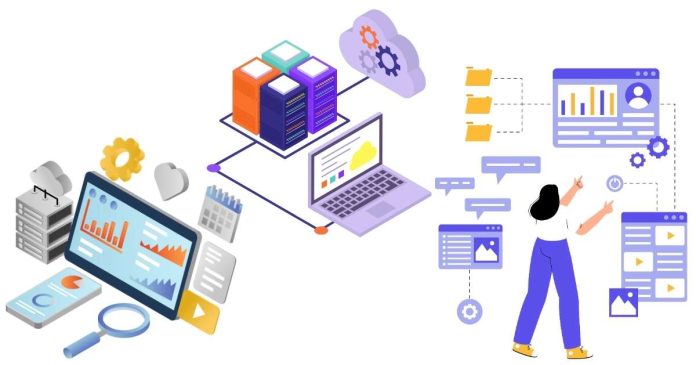In the context of a Database Management System (DBMS), an entity represents a real-world object, concept, or thing that can be identified and stored in a database. Entities are essential building blocks in the design of databases, particularly in Entity-Relationship (ER) Models, where they help in organizing and representing data logically.
Characteristics of an Entity
An entity has the following characteristics:
- Distinct Existence
An entity must be uniquely identifiable. For example:- A person (e.g., a customer named “John Doe”).
- A product (e.g., a laptop with a unique serial number).
- Attributes
Entities are described by their attributes, which are pieces of information or properties associated with them. For example:- A Customer entity might have attributes like
CustomerID,Name,Email, andPhone. - A Product entity might have attributes like
ProductID,Name,Price, andCategory.
- A Customer entity might have attributes like
- Representation in a Database
Each entity is represented as a table in a relational database, where attributes become columns, and individual instances of the entity are rows.
Types of Entities
Entities can be classified into the following types:
1. Strong Entities
- A strong entity is independent and does not rely on any other entity for its existence.
- It has a primary key that uniquely identifies each instance of the entity.
- Example:
In a database for an e-commerce platform,CustomerandProductare strong entities because they can exist independently.
2. Weak Entities
- A weak entity depends on a strong entity for its existence and does not have a primary key on its own.
- It uses a foreign key combined with its partial key for identification.
- Example:
In an e-commerce platform, anOrderItementity might depend on both theOrderandProductentities to uniquely identify an item in an order.
Examples of Entities in DBMS
- Banking System
- Entities:
Customer,Account,Transaction. - Attributes of
Customer:CustomerID,Name,Address. - Attributes of
Account:AccountNumber,Balance,AccountType.
- Entities:
- University Database
- Entities:
Student,Course,Instructor. - Attributes of
Student:StudentID,Name,Email. - Attributes of
Course:CourseID,Title,Credits.
- Entities:
- E-commerce System
- Entities:
User,Product,Order. - Attributes of
Product:ProductID,Name,Price,Stock.
- Entities:
Entity in an ER Diagram
In an Entity-Relationship (ER) Diagram, entities are represented as rectangles. Each rectangle contains the entity’s name, and its attributes are connected to it as ovals.
Example:
If we have a Student entity, it might look like this in an ER diagram:
+-------------+
| Student |
+-------------+
| StudentID |
| Name |
| Email |
+-------------+
Entity vs. Table in Relational Databases
While entities are conceptual representations, tables are their physical implementation in a database. Here’s the relationship:
- Entity: Logical concept (e.g., a “Customer”).
- Table: Actual structure in the database (e.g., a
Customertable). - Attributes: Columns in the table (e.g.,
CustomerID,Name). - Entity Instance: A specific row in the table (e.g., “John Doe with CustomerID 101”).
Importance of Entities in DBMS
Entities play a crucial role in database design for the following reasons:
- Organized Data Storage
They help in logically grouping related data, making it easier to store and retrieve. - Normalization
Identifying entities is the first step in creating a normalized database, which avoids redundancy and ensures data integrity. - Flexibility
Entities allow a modular database structure, making it easy to add or modify data. - Clear Relationships
Entities help define relationships between different parts of the database, enabling better data modeling and understanding.
An entity in DBMS represents a real-world object or concept that can be uniquely identified and stored in a database. Entities, along with their attributes and relationships, form the foundation of a well-structured database. Understanding entities is essential for creating efficient and logical database designs, which are critical for real-world applications like banking systems, university management, and e-commerce platforms.


